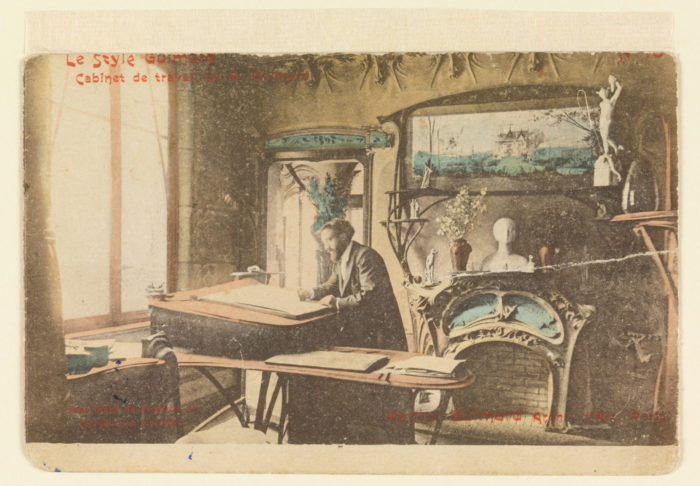
American textile designer, weaver, and color authority Dorothy Liebes (1897–1972) had a profound influence across design fields, helping to shape American tastes in areas from interiors and transportation to industrial design, fashion, and film. The “Liebes Look”—which combined vivid color, lush texture, and often a glint of metallic—became inextricably linked with the American modern aesthetic....

What would be possible if we were to design for peace? Designing Peace explores the unique role design can play in pursuing peace. Visitors will encounter a wide range of design responses from around the world that look at ways to create and sustain a more durable peace, and will be encouraged to consider their own agency in...

Nature by Design presents distinct stories drawn from Cooper Hewitt’s collection of over 215,000 design objects. Throughout history, designers have observed nature, investigated its materials, and imitated and abstracted its patterns and shapes. Textiles, jewelry, furniture, cutlery, and more show how designers have interpreted nature’s rich beauty and astonishing complexity. Across scales from microscopic to monumental, and in forms familiar ...

Deconstructing Power: W. E. B. Du Bois at the 1900 World’s Fair places decorative arts from Cooper Hewitt’s permanent collection in dialogue with 20 innovative data visualizations that W. E. B. Du Bois (1868–1963) created for the 1900 Paris World’s Fair to explore how design can both reveal and mask dynamics of power and equity....

Hector Guimard: How Paris Got Its Curves invites a new understanding of France’s most famous art nouveau architect, Hector Guimard (1867–1942). Guimard is perhaps best known for his designs for the Paris Métro stations (1898–1900) and private residences like Castel Béranger (1895–97)—both important commissions broadcasting the art nouveau style he was developing at the turn of the century. The repeated ...

What is design’s role in times of crisis? Communities and individuals come together to aid each other, push for change, and create new spaces, objects, and services. Epidemics—both in the past and in the present—have triggered the discovery of new ways to treat and prevent disease while exposing systemic gaps and failures.
View exhibitions prior to 2015 on the collection site